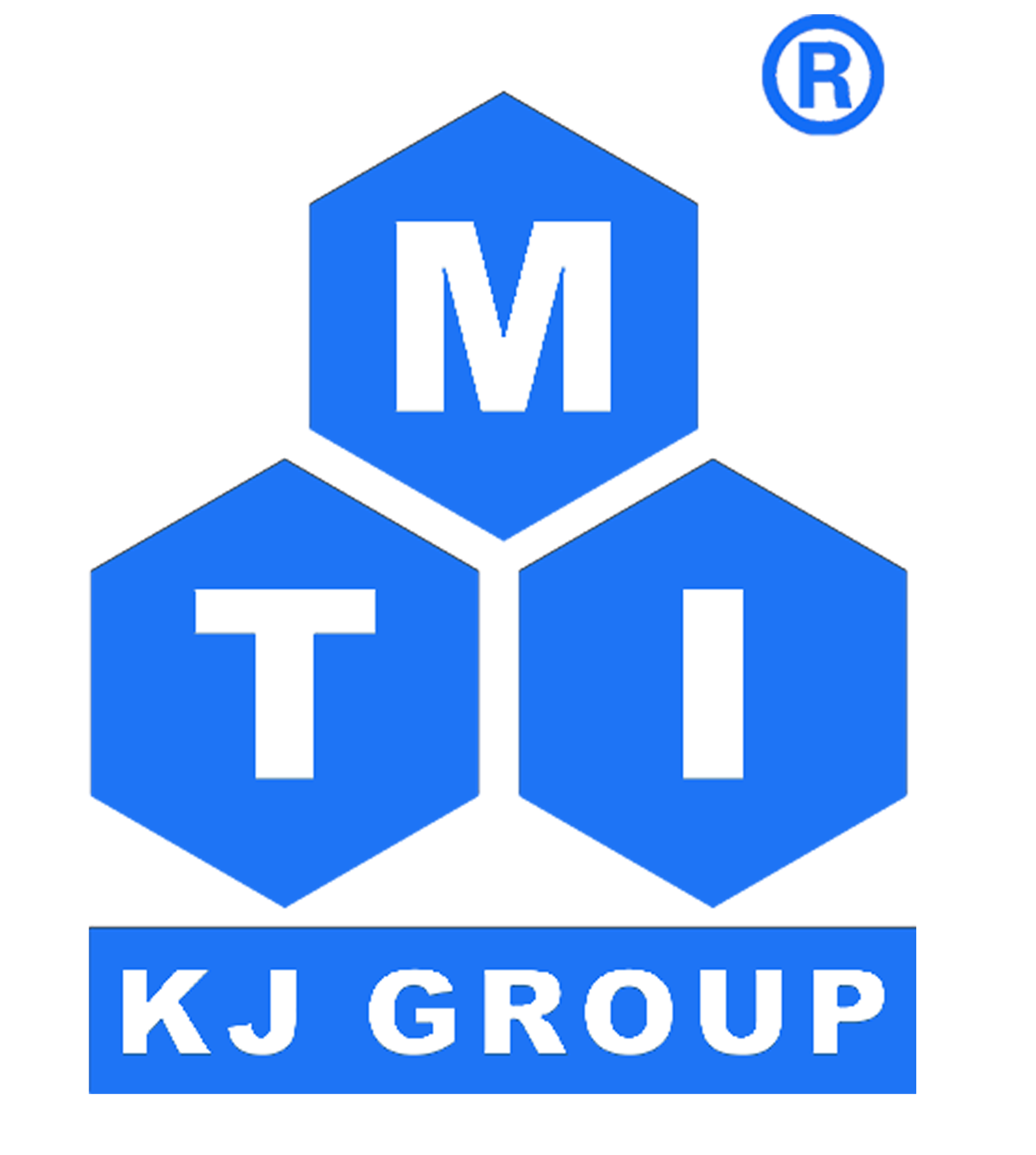Jiaqi Zhou1*, Samuel Poncé1, Jean-Christophe Charlier1
1Institute of Condensed Matter and Nanosciences (IMCN), Université catholique de Louvain (UCLouvain), B-1348 Louvain-la-Neuve, Belgium
*Corresponding Author: jiaqi.zhou@uclouvain.be
The 2D van der Waals (vdW) materials have emerged as potential building blocks for ultra-fast and low-power spintronic devices, which manipulate the spin current rather than the charge current. Through the spin Hall effect, the spin current can be generated by the charge current, and the conversion efficiency is denoted by the spin Hall ratio (SHR), defined as the ratio of spin Hall conductivity (SHC) to charge conductivity. Accurate predictions of spin and charge transport properties are essential for designing high-performance spintronic devices.
Maximally localized Wannier functions1 are widely used to study electronic and spintronic transports since the computational cost can be greatly reduced by Wannier interpolation. In the present work, a high-throughput Wannierization has been implemented based on the MC2D database2 which provides exfoliable vdW monolayers. All the rare-earth-element-free materials with up to 6 atoms per unit cell were considered, leading to 426 monolayers, including 216 semiconductors and 210 metals. Considering the spin-orbit coupling, Wannierizations were performed on all 426 materials using AiiDA.
With the Wannier tight-binding Hamiltonians, SHCs of all the monolayers were calculated using Kubo formula, and applied to different systems for further research. Firstly, with the charge conductivity calculated by electron-phonon coupling3, SHRs are investigated in the doped semiconductors, and a descriptor for high SHR is proposed to screen materials4. Secondly, taking SHC as an indicator, Rashba effect and topological properties in the pristine semiconductors are researched, revealing three unreported quantum spin Hall insulators5. Finally, we present the topological semimetals and ultrahigh SHCs in the metallic monolayer5.
This work illustrates the efficacy of high-throughput calculation for discovering materials with exotic properties, providing promising candidates for the design of electronic and spintronic devices.
Keywords: 2D Materials, High-throughput Calculation, Spin Transport
References
1. Marzari et al., "Maximally localized Wannier functions: Theory and applications", Reviews of Modern Physics 84, 1419 (2012)
2. Campi et al., "Expansion of the Materials Cloud 2D Database", ACS Nano 17, 11268 (2023)
3. Zhou, Poncé, and Charlier, "Guidelines for accurate and efficient calculations of mobilities in two-dimensional materials", arXiv:2404.09602 (2024), accepted by Physical Review B.
4. Zhou, Poncé, and Charlier, "Enhanced Spin Hall Ratio in Two-Dimensional Semiconductors", arXiv:2308.13692 (2023), minor revision of npj Computational Materials.
5. Zhou, Poncé, and Charlier, manuscript in preparation.
Dr. Runhai Ouyang (DCTMD2024@163.com)












